Motherwort, Calming and Relieving the Anxious Mind
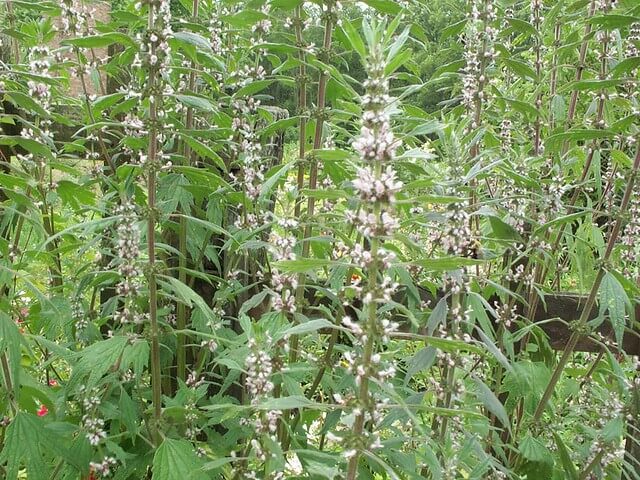
Motherwort (Leonurus cardiaca) is an herbaceous perennial plant that belongs to the mint family. This herb is native to Eurasia, but it can be found cultivated all around the world as an herbal remedy. Motherwort is most commonly used to treat heart diseases and women’s disorders. In the wild, they can be found easily in […]
Marsh Mallow, the Sweet Edible that Inspired the Candy
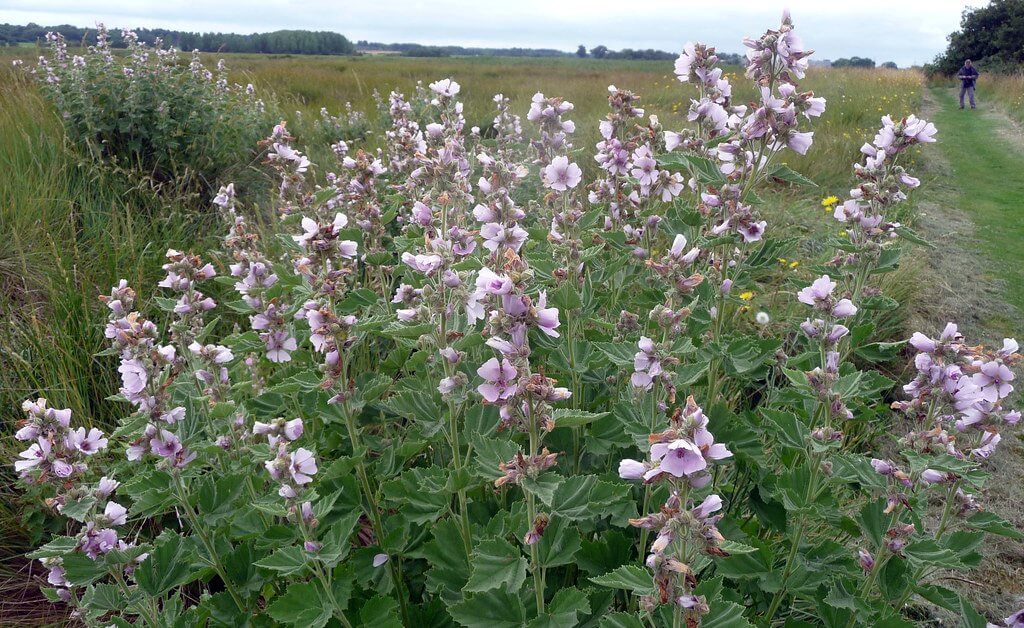
When you hear the word “marshmallow”, you will definitely think of a puffy, white candy. And while you wouldn’t be wrong, did you know that there’s a marsh-mallow plant (Althea officinalis)? This plant inspired the texture of the modern sweet treat. Ancient Egyptians used to make the dessert by mixing honey and nuts with the […]
Marjoram, an Aromatic Herb with Many Medicinal Uses
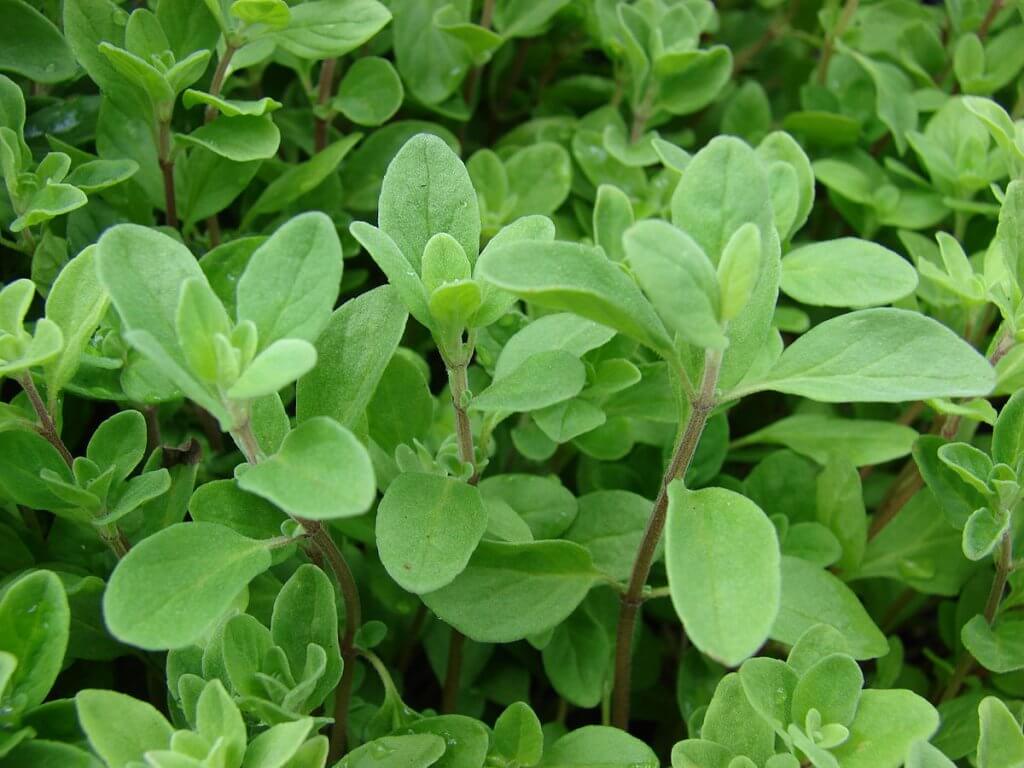
Often confused for oregano, its cousin, marjoram (Origanum majorana) is a wonderful aromatic herb on its own. Marjoram is a perennial herb that’s native to Western Asia and the Mediterranean region. It’s cultivated all around the world for its culinary and medicinal benefits. Edibility and culinary use Marjoram is often used as a substitute for […]
Elderberry, Tasty and Packed with Nutrients

Elderberry (Sambucus canadensis), also known as American black elderberry or common elderberry, is a shrub that can easily be found throughout North America. It’s known for its delicious, dark purple berries and lacy white flowers. Elderberries and elderflowers are famous for their culinary and medicinal uses. Edibility and culinary use Almost all parts of this […]
Echinacea, the Gorgeous and Useful Purple Coneflowers

Purple coneflowers or echinacea (Echinacea purpurea) boomed into popularity in the 1990s and early 2000s. This North American herb gained attention due to its medicinal benefits. At the height of its popularity, this herb can be found easily in pharmacies in the form of herbal supplements and as a part of various medications. Now echinacea […]
Blue Skullcap, a Small Medicinal Herb that Packs a Punch
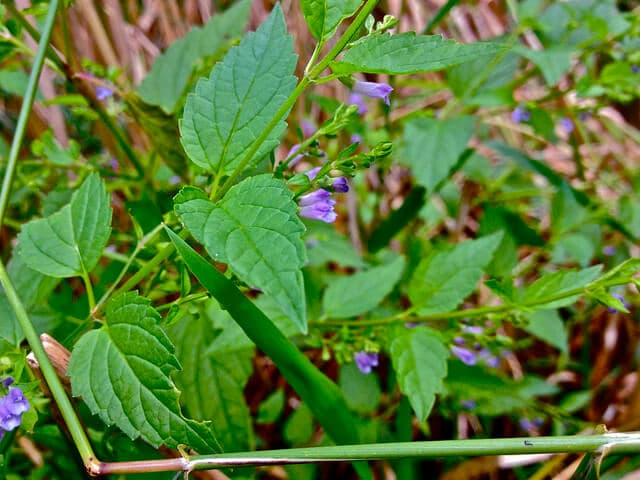
Hearing the word skullcap, people might immediately think of helmets or even skeletons. However, the blue skullcap plant (Scutellaria lateriflora) is none of those things. Blue skullcap is a hardy perennial plant that belongs to the mint family. It’s native to North America and it has been cultivated for its medicinal properties. This plant got […]
American Witch Hazel, an Underrated Herbal Remedy
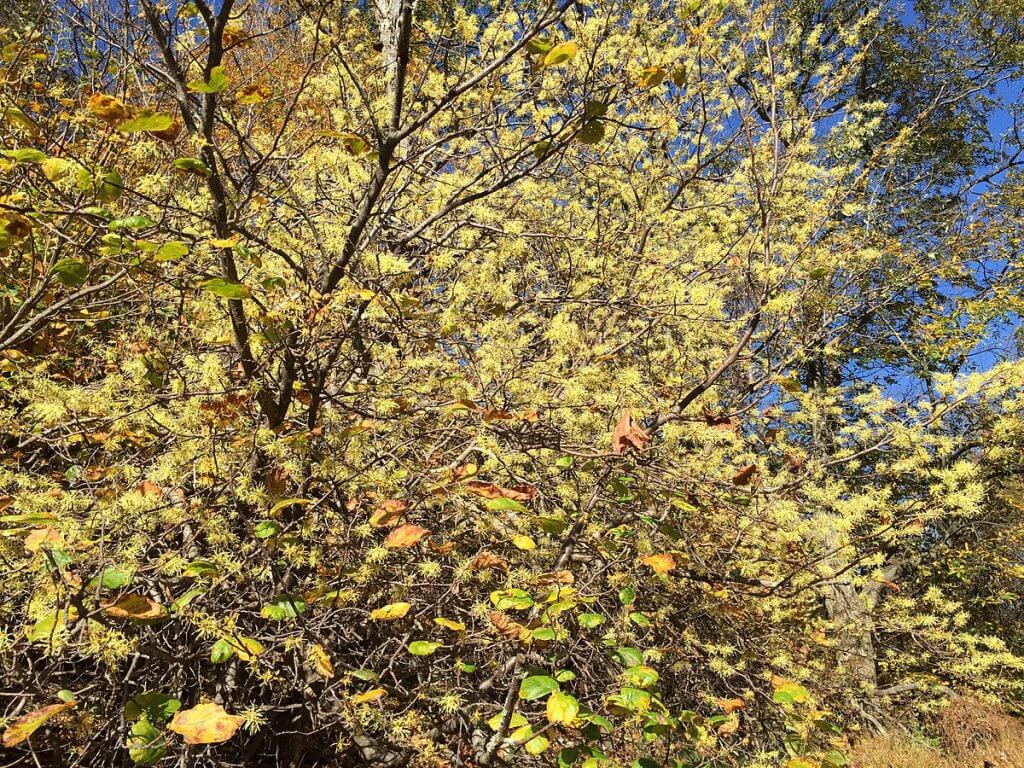
Despite being useful, the American witch hazel (Hamamelis virginiana) is a very underrated plant. This flowering plant can be found growing across North America. Additionally, it’s been used to make a homeopathic remedy for skin problems and inflammations for centuries. Various Uses Witch hazel leaves, bark, and twigs are boiled and distilled to make medicine. […]
Musk Mallow, Dainty and Elegant Yet Very Nutritious
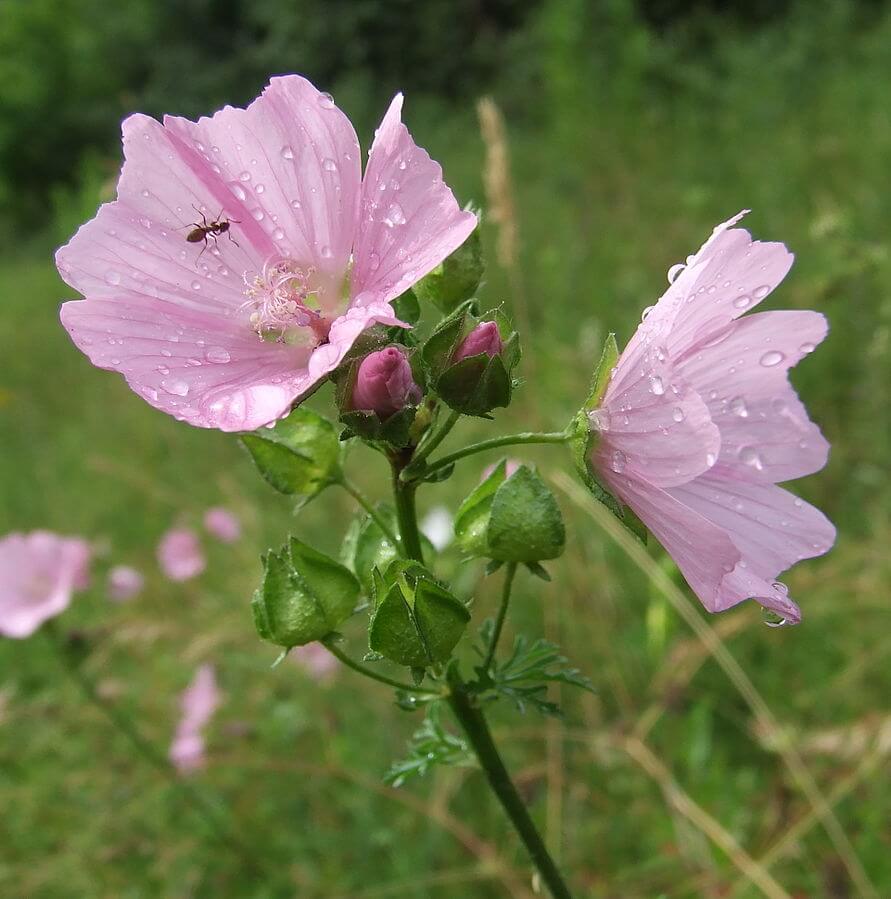
With delicate pink flowers, you might not have guessed it, but the beautiful musk mallow plant (Malva moschata) is edible. In fact, all parts of this plant are edible and good for your health. This includes its roots, leaves, flowers, and seeds. This elegant perennial plant is native to the British Isles, mainland Europe, and […]
Lemon Balm, the Refreshing and Fragrant Herb
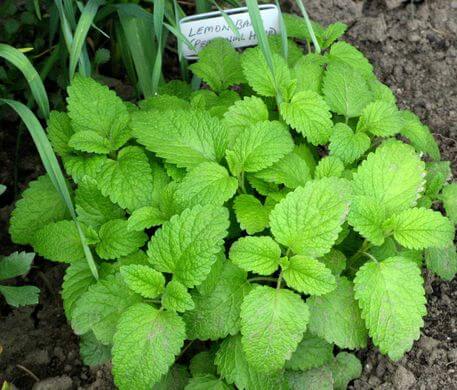
Lemon balm (Melissa officinalis) is a perennial herb from the mint family. It’s native to the Mediterranean region and Central Asia, but it has been also naturalized in Europe, Asia, and America. The most distinctive feature of lemon balm is its refreshing fragrance that’s a mixture of citronella and mint. This plant typically grows up […]
Anise Hyssop, a Fragrant and Nutritious Herb
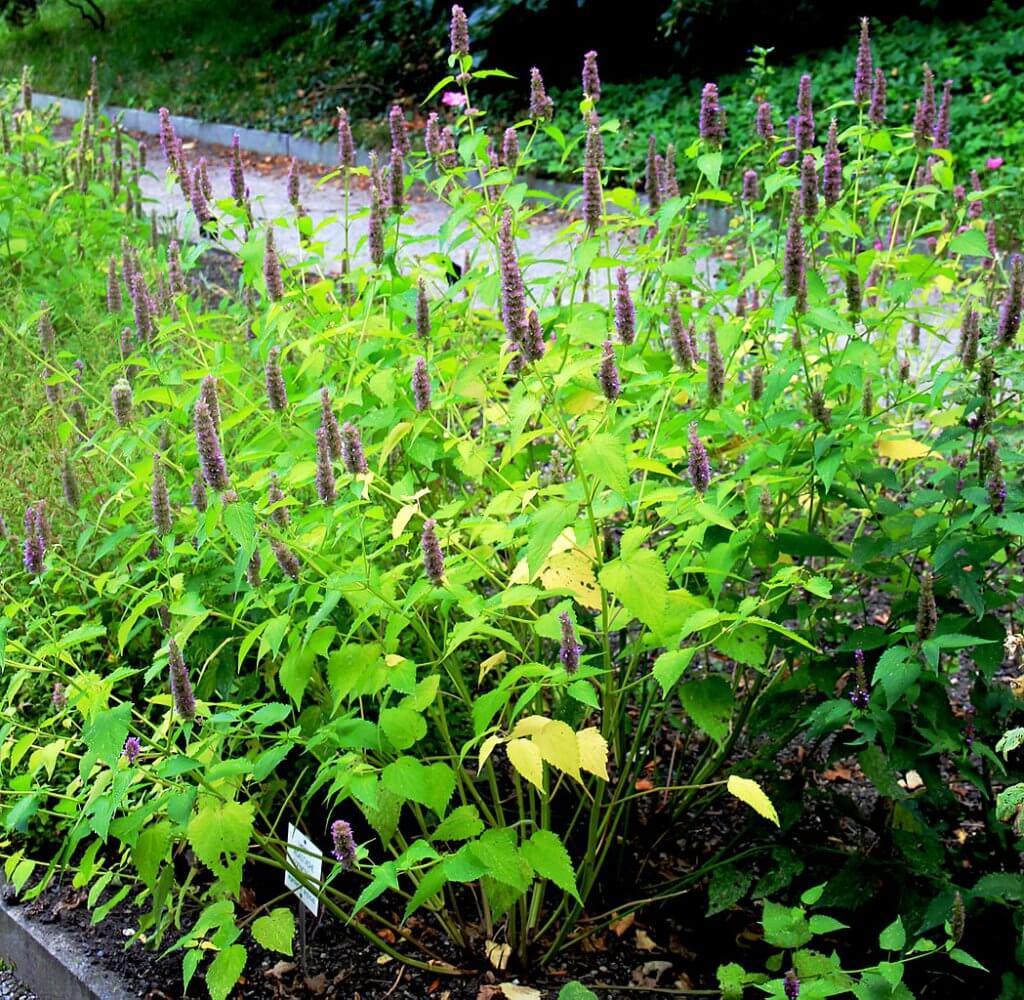
Commonly known as anise hyssop or simply Agastache (Agastache foeniculum), this perennial herb is part of the mint family. It’s a native from northern America and north-central America. This plant has striking lavender-like flowers which start blooming in the early summer. These flowers are what made them a popular favorite for both bees and gardeners. […]
Greenbrier – Winter and Spring Wild Edible

The roundleaf greenbrier(Smilax rotundifolia) is often underestimated as a wild edible. Even most of the published literature I have seen doesn’t hightlight the full utility of this plant as a wild edible. In reality this plant is an extremely useful wild edible at the right times of year. The roundleaf Greenbrier is plentiful in the […]
5 Trees With Edible Inner Bark

Eating the inner bark of certain trees is something that is often referred to as a “good” source of food in survival situations, especially in the winter when not much else is available. I wanted to investigate this claim so I made a list of 5 of the most common trees in the northeastern US […]
Wild Carrot – Queen Anne’s Lace
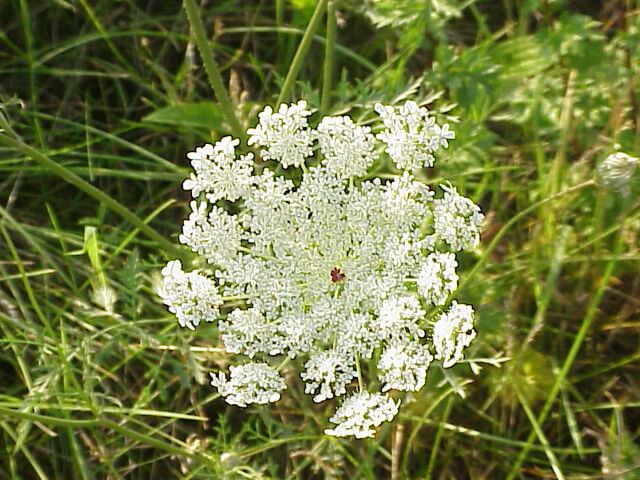
The Wild Carrot(Daucus carota) also known as queen anne’s lace is the direct descendant of our domesticated carrot. These plants are meadow flowers that tend to be biennial but can live for 1 to 5 years depending on weather and it’s genetic makeup. Once an individual plant flowers it dies that winter. Carrot is a […]
Cottonwood Buds are Medicinal, Leaves are Edible

Cottonwood Tree The eastern cottonwood tree (Populous deltoides) is a native North American tree that is common in eastern and central United States as well as southern Canada. Many people recognize this tree from the cottony substance that falls from the trees in early summer. This “cotton” acts as a sail to move the seeds as far […]
Pawpaw Fruits, A Tropical Fruit in Temperate Climates
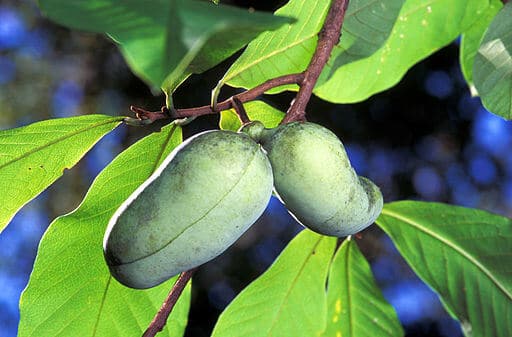
Pawpaw trees Pawpaw trees(Asimina triloba) are unique because most of their closest relatives are tropical species, but these trees are not. Pawpaw trees are native to temperate climates of eastern and central United States and southern Canada. This USDA map shows their range in the U.S. and Canada. Pawpaw trees are in the same plant family as tropical […]
Dogwood Tree – Beautiful Flowers, Unique Fruits
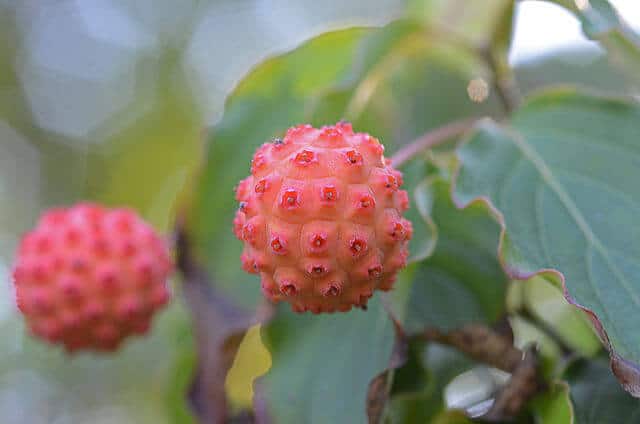
Editor’s note: This article was originally published in January 2017. Updated April 2022. Dogwood trees are a collection of tree species that belong to the dogwood genus ‘Cornus’. This Genus consists of approximately 30-60 mostly woody shrubs, some of which form small trees. The dogwood tree is an extremely common ornamental garden plant as it […]
Hawthorn, an Ornamental Tree With Edible Fruit
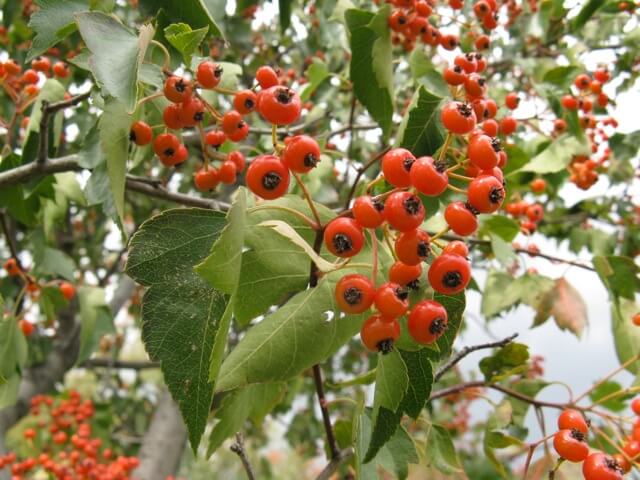
Washington hawthorn tree (Crataegus phaenopyrum) is a common ornamental landscape tree in the Eastern and Central United States. The genus Crataegus is a large genus including many species referred to as hawthorn tree, hawthorn apple thornapple, maytree, whitethorn and hawberry. Although this article focuses on the washington hawthorn tree the information here applies to many other species in the […]
Mugwort – an Abundant Medicinal and Culinary Herb
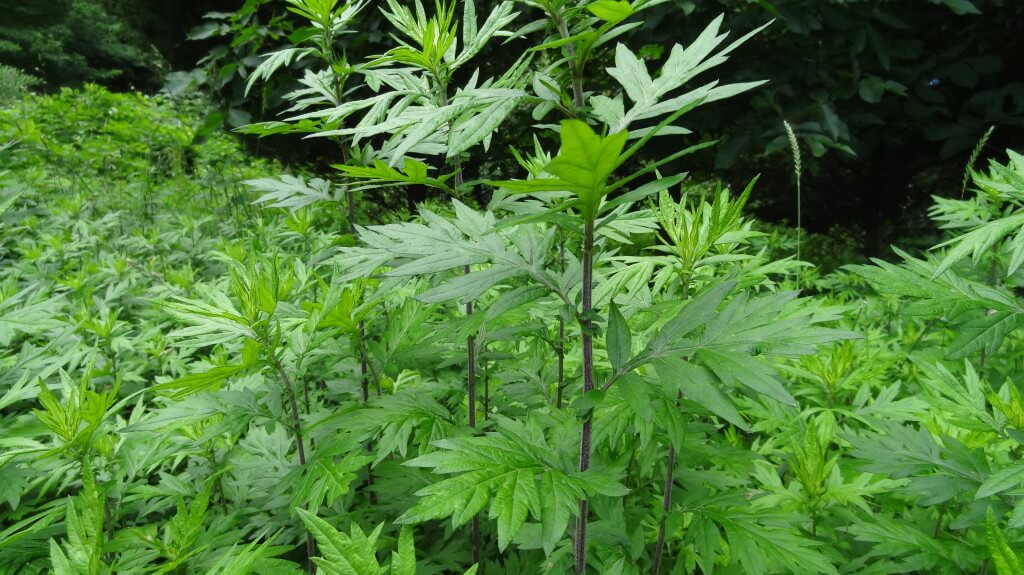
Mugwort (Artemisia vulgaris), also known as Common Wormwood is a very abundant plant in its growing range. It grows in the Eastern US and Northwestern US. Mugwort is adapted to grow in compact rocky soil where other plants might have a hard time. Mugwort has a long history of use as a medicinal and culinary herb […]
Spruce – Surprisingly Edible Abundant Evergreen Tree

Editor’s note: This article was originally published in June 2014. Updated April 2022. Spruce trees (Genus: Picea) are a very abundant tree across the globe, especially in northern areas. In the United States, a common non-native species is the Norway Spruce (Picea Abies), and two of our native American species are White Spruce (Picea glauca) […]
Multiflora Rose, An Invasive But Nutritious Wild Edible
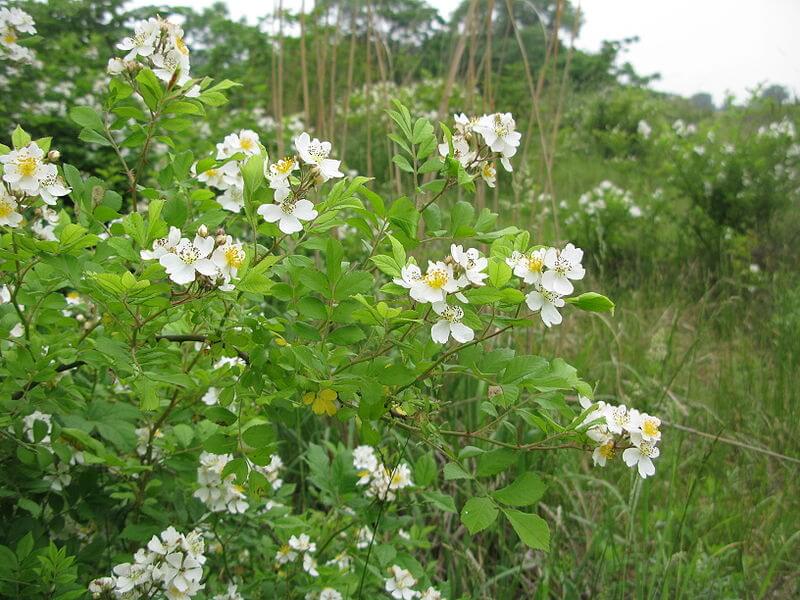
Roses are one of the most popular plants known to mankind. Their history as a cultivated plant goes back at least 5000 years. The Multiflora Rose (Rosa multiflora), also known as Japanese Rose is a native Asian rose that has become invasive in many parts of the United States and Canada. The edibility and medicinal […]
